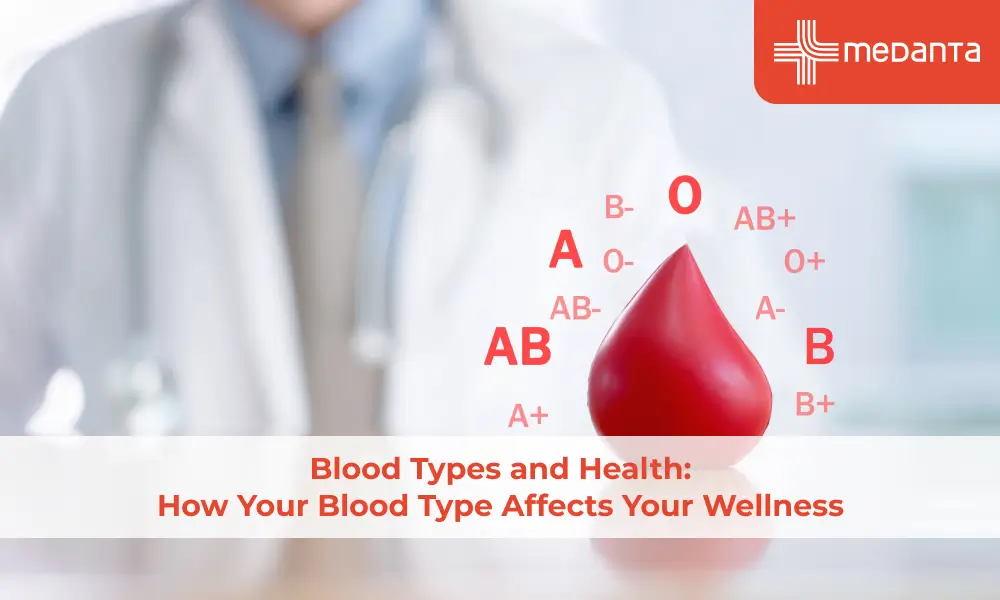What are the Symptoms, Diagnosis & Treatments of Breast Fibroadenoma?

Breast health is a significant aspect of overall well-being, especially for women. Understanding various breast conditions is vital, one of which is breast fibroadenoma. Although non-cancerous, fibroadenomas can still cause concern due to their similarity with other breast conditions. Early detection and treatment can alleviate these worries. This blog aims to shed light on breast fibroadenoma, symptoms of fibroadenoma, breast fibroadenoma causes, diagnostic procedures, and potential treatments.
What is Breast Fibroadenoma?
Breast fibroadenoma, simply referred to as fibroadenoma, is a benign (non-cancerous) breast tumour that primarily affects women. It feels like a firm, smooth, or rubbery lump in the breast with a defined shape that can be easily moved under the skin. Fibroadenomas are composed of glandular and connective tissue and can range in size. They're classified into two categories: simple fibroadenomas, which have a uniform structure and are most common, and complex fibroadenomas, which may contain other changes like cysts or calcifications.
Breast Fibroadenoma Causes
The exact cause of fibroadenoma is unknown. However, their growth is believed to be influenced by reproductive hormones like oestrogen and progesterone, as they often form in women of childbearing age and can enlarge during pregnancy or with the use of hormone therapy.
Genetics may also play a role. Studies have found that women with a family history of fibroadenomas are more likely to develop these benign tumours. Although much less understood, some environmental and lifestyle factors, such as diet and stress, could potentially influence fibroadenoma development.
Symptoms of Fibroadenomas
Fibroadenomas are typically painless, and many women discover them incidentally during a breast self-exam or a routine medical check-up. They often feel like small, firm, and smooth marbles moving under the skin. Depending on their size, fibroadenomas may change the shape of the breast.
It's essential to consult a doctor if you find a new breast lump, particularly if it's accompanied by skin changes (redness, dimpling), nipple discharge, or if it doesn't move freely.
Diagnosis of Breast Fibroadenoma
Diagnosis of right breast fibroadenoma typically begins with a physical examination. The doctor will assess the lump’s size, texture, and mobility. They may also check for other breast changes or lymph nodes in the armpit.
Imaging tests like mammograms and ultrasounds are often used to visualise the lump. A mammogram can identify if the lump has a clear, defined border, suggesting a right breast fibroadenoma, while an ultrasound can determine whether the lump is solid or filled with fluid.
Sometimes your doctor may need to do a biopsy to confirm the diagnosis. During a biopsy, a doctor takes and examines a small tissue sample from the lump under a powerful microscope. This step is crucial to distinguish fibroadenomas from other conditions, like breast cancer.
Treatment Options for Breast Fibroadenoma Treatment
Breast fibroadenoma treatment depends on several factors, including the size of the fibroadenoma, symptoms of fibroadenoma, patient’s age, and personal preference.
For small, asymptomatic fibroadenomas, a "watchful waiting" approach is often recommended. Regular monitoring through clinical breast exams and imaging studies ensure that any changes are promptly addressed.
Non-surgical breast fibroadenoma treatment options may include cryoablation, where extreme cold is used to destroy the fibroadenoma. Surgical removal, known as a lumpectomy or excisional biopsy, may be advised if the fibroadenoma is large, growing, causing noticeable symptoms of fibroadenoma, or if the biopsy results are inconclusive.
While surgical removal typically leads to complete recovery, it's crucial to understand that fibroadenomas can recur, and new ones can develop. Therefore, regular post-breast fibroadenoma treatment monitoring and follow-up visits are essential.
Living with Breast Fibroadenoma
Living with breast fibroadenoma can be emotionally challenging, especially when dealing with the uncertainty around potential changes or the need for future treatments. It's important to adopt coping mechanisms such as maintaining open communication with your healthcare provider, educating yourself about the condition, and practising regular breast self-examinations.
In addition, the role of support networks cannot be underestimated. Sharing experiences with friends, family, or support groups can provide comfort, reduce anxiety, and empower you to make informed decisions.
Conclusion
Breast fibroadenomas, while benign, can cause significant anxiety due to their resemblance to more severe breast conditions. However, with a clear understanding of their nature, symptoms of fibroadenoma, and causes, coupled with accurate diagnostic procedures and effective treatment options, living with fibroadenomas can be managed effectively.
It's vital to remember that any changes in your breasts should prompt a consultation with a healthcare professional. Regular self-examinations and routine medical check-ups are the first line of defense in maintaining breast health.
Don't hesitate to ask questions or seek support. Open conversations about breast health should be encouraged, not only for those living with fibroadenomas but for everyone, as early detection of any breast condition is a significant step toward effective treatment and recovery.
If you think you might be at risk of breast fibroadenoma, consult your nearest breast surgeon today!






